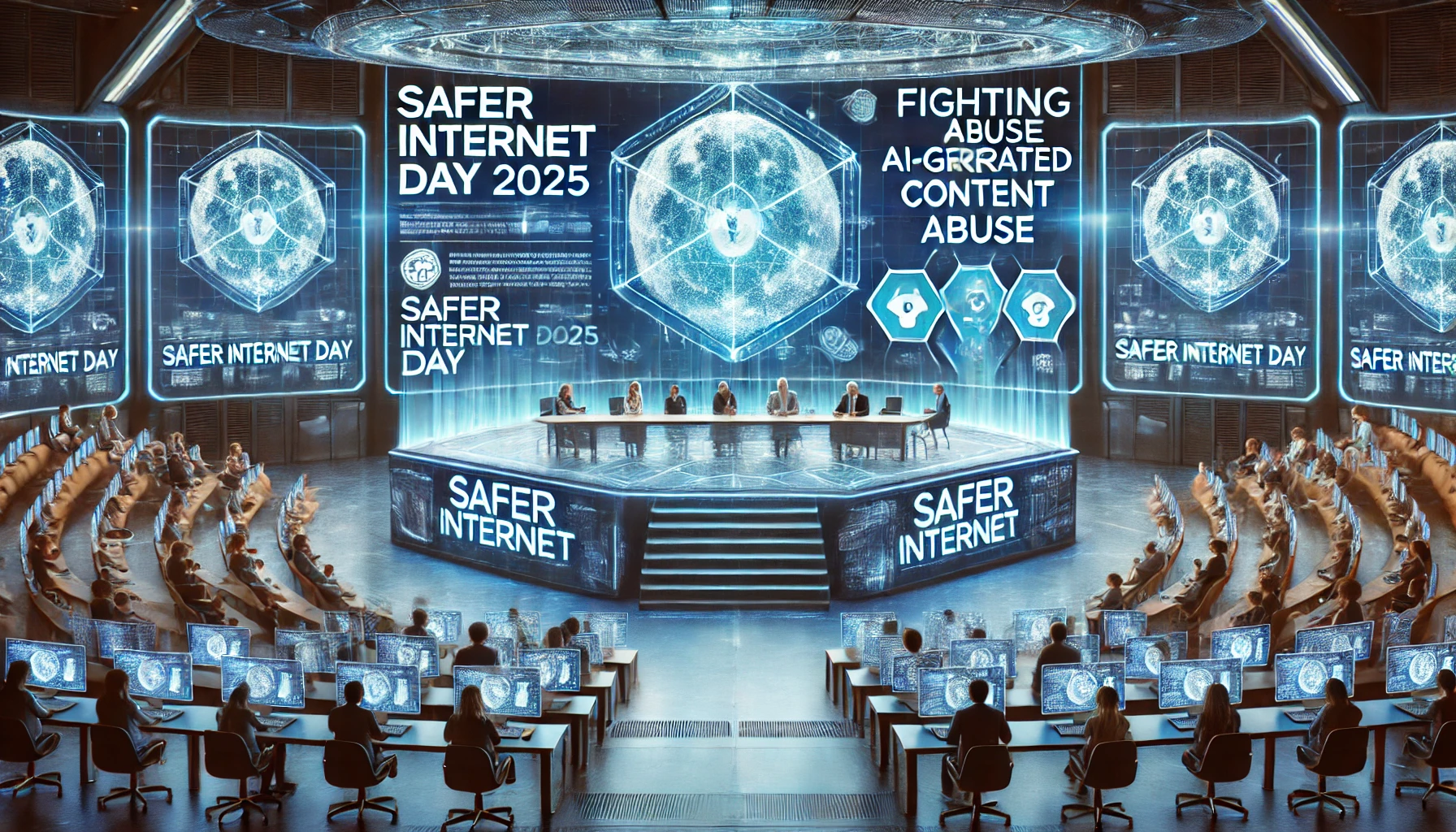High schools are facing a new and alarming threat: the rapid spread of sexually explicit deepfakes involving students. AI-generated child sexual abuse images and videos are flooding the web, raising concerns among educators, parents, and law enforcement about the damaging impact on young people’s lives.
Deepfake technology, which uses artificial intelligence to create hyper-realistic, manipulated images and videos, has been increasingly misused to create sexually explicit content of minors. High school students, especially young girls, have become prime targets, with their faces superimposed onto inappropriate or pornographic images without their consent. These fake images are then shared across social media platforms and websites, sometimes going viral within school communities.
The psychological and emotional toll on victims is severe. Students who are targeted by these deepfakes often experience bullying, harassment, and anxiety, with long-lasting effects on their mental health. For many, it’s not just a violation of their privacy, but a form of digital sexual exploitation that can be difficult to stop or erase from the internet.
Law enforcement agencies are struggling to keep pace with the scale of the problem. The anonymity of the internet makes it challenging to track down the creators and distributors of these deepfakes, many of which are shared on private servers or encrypted messaging apps. Furthermore, current laws around deepfakes and AI-generated content are still evolving, leaving significant legal gaps when it comes to protecting minors from such exploitation.
Schools are now implementing digital safety programs and working with cybersecurity experts to combat the rise of deepfake abuse, but many agree that more needs to be done at the policy level. Parents and educators are calling for stricter regulations on AI-generated content, as well as better tools for identifying and removing sexually explicit deepfakes from the web.
The rise of deepfake technology has shown how powerful AI can be, but it also highlights the darker consequences when such tools are misused. Protecting high school students from this kind of exploitation will require coordinated efforts from schools, tech companies, and lawmakers to ensure a safer digital future for all.





